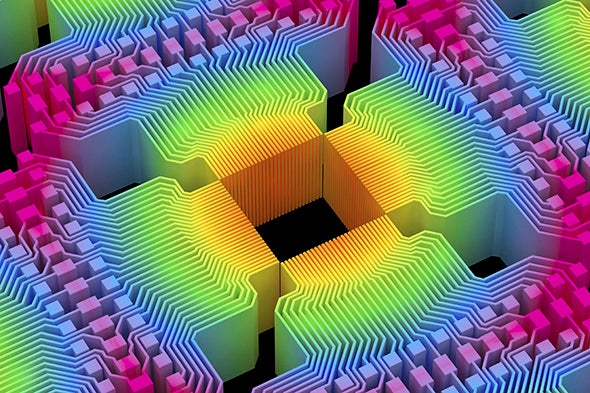How does Quantum Computing work?
Contents
How does Quantum Computing work?¶

In the last section, we learnt about about qubits also called quantum bits.
Just as atoms are the building blocks for everything around us, qubits are the building blocks for a quantum computer!
If we did not have qubits, we would not be able to do anything with a quantum computer. Qubits are the quantum objects that we need for Quantum computing.
Once we have qubits, we can design a quantum algorithm and carry out a quantum circuit.
Have you ever heard of the word “algorithm” before? An algorithm is any set of instructions for doing something. For example, a recipe for making lasagna is an algorithm! It gives us a set of instructions for making lasagna.
You can think of a quantum circuit as a list of things that the quantum computer does to control the qubits. For example, with lasagna, our “circuit” will be when we actually follow the recipe and make the lasagna.
So, whenever we want a quantum computer to do something, like add two numbers together or divide two numbers, we need to think of an algorithm.
Once we know our algorithm, we can make and carry out a circuit.
A quantum circuit does things to our quantum objects, which are our qubits. But we still need to know the result! That’s why at the end of every circuit, we make a measurement on the qubits, to see how they turned out. And that’s like tasting the lasagna to see if our recipe was good!
And this is how Quantum Computing works.
Short Quiz¶
Do you remember the steps of Quantum Computing?
Qubits - We need qubits! These are the ingredients!
Quantum algorithm - A set of instructions on what to do with the ingredients.
Quantum circuit - Actually doing things with our ingredients by following the instructions.
Measurement - Finding out how everything turned out!
